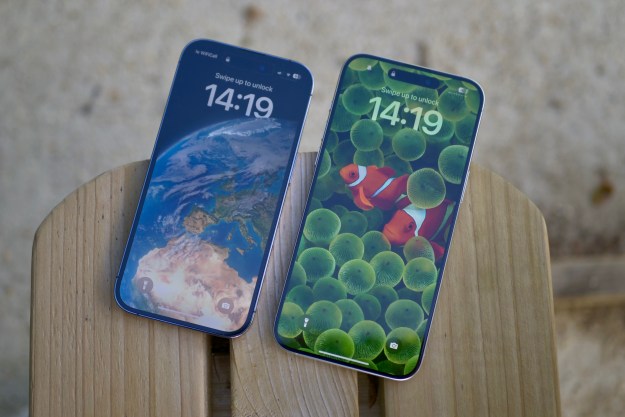Nearly one year on, and iOS 14 is still a big leap forward for the iPhone. Chief among the operating system’s many cool features is the ability to add widgets to your iPhone’s home screen. Widgets are basically little sneak peeks into various apps; they function like a hybrid of an app icon and a half-open app, displaying a snippet of info while also letting you tap on each widget to fully open the corresponding app. They’re a very useful addition to the home screen, combining helpfulness with stylishness, and when paired with the App Library, they form a meaningful update.
In this article, we explain how to add and customize home screen widgets in iOS 14. We cover adding widgets in the first place, while we also go over how to change the appearance of widgets and their locations on the home screen.
How to add home screen widgets in iOS 14
It’s easy to add widgets to your home screen in iOS 14. Obviously, you need to download iOS 14 first, but once you’ve done that, you can add widgets by doing the following:
Step 1: Tap and hold on an empty space on the home screen. (You can choose any page for this, but if you want to start on a particular page, swipe to it first and then tap and hold on an empty space.) Doing this for a second will start the edit home screen mode, where the apps begin to jiggle.
Step 2: With the apps wobbling about, tap the little Plus button in the top-left corner of the screen.
Step 3: This brings up the widget page. You can scroll down the list of widgets to choose from. Choose a widget and tap on it.
Step 4: Next, choose the size of the widget by swiping left on the touchscreen. Larger widgets will display more information, although they will obviously occupy more real estate on your home screen.
Step 5: Once you’ve swiped to the desired size of the widget, tap Add Widget.
That’s it, you’ve added a widget. You can repeat the above process to add more widgets.
How to customize home screen widgets in iOS 14
Adding widgets to your home screen in iOS 14 is one thing, but what about customizing them? This is also really easy, although it may take a bit more time.
First, you can move widgets around on the home screen, just like you can with apps. Tap and hold and widget, and then drag it to the desired location once it starts jiggling. You can drag it to another page on the home screen by dragging it to the edge of the page you’re currently on (you may have to wait a second before the page flips).
Next, remember that you can choose to display widgets in different sizes. If you’ve already added a widget but wish to change its size, remove it by holding onto it for a second and then tapping the Minus symbol once it starts to vibrate. Then, go through the process for adding it again, but this time choose the right size on the Add Widget screen.
You can customize many widgets, like changing the location in your weather app. To do so, tap and hold onto the widget for a second until the edit sub-window appears. Tap Edit Widget to bring up a location tab. Tap on it to change the location. The clock widget (which for me is set to Cupertino by default) lets you do something similar. Hold onto it for a second, then tap Edit Widget.
If you’re having trouble finding a way to customize widgets directly through the app, look for a workaround that will let you edit information. For example, you can switch the stocks shown by the stocks widget if you open the Stocks app and edit your watchlist. To accomplish this, open Stocks and click on Edit in the top right-hand corner of the screen. Tap the red Minus symbol and then tap Remove to get rid of the top stocks, assuming that you don’t want to see them displayed in the Stocks widget (the number of stocks to remove vary depending on the size of your Stocks widget). Once you’ve removed the stocks you don’t want to see, you can either stick with the remaining ones or add new ones by searching for them and then tapping Add to Watchlist.
It’s also worth mentioning that you can display almost all native Apple apps as a widget, including apps like TV, Siri Suggestions, Screen Time, Reminders, Podcasts, Photos, Notes, News, Music, Maps, Files, Calendar, and more. Now that the ability to add widgets has been around for basically a year, a number of third-party apps — such as Google Maps, Spotify, Wikipedia, and DuckDuckGo — also offer them.
Displaying all of your frequently used apps as widgets on your home screen is a great way to get instant information without having to scroll through your phone. It’s also worth checking your favorite third-party apps for updates that add home screen widgets.
Editors' Recommendations
- 10 iPhone productivity apps you need to download right now
- When will Apple release iOS 18? Here’s what we know
- We now know when Apple is adding RCS to the iPhone
- Your iPhone just got a new iOS update, and you should download it right now
- How to use iOS 17 FaceTime gestures (and what they look like)














